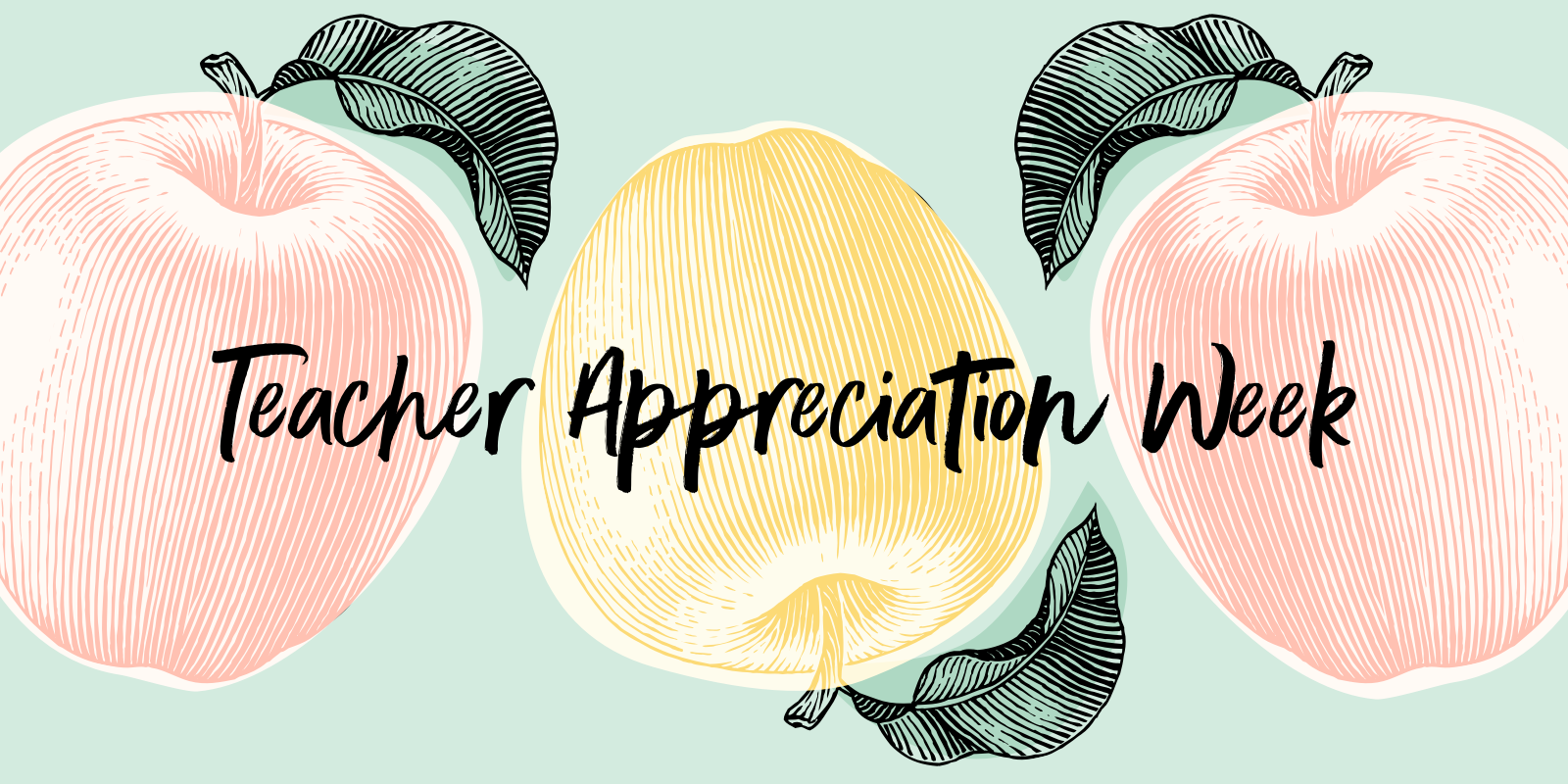There are several signs that start to signal that back-to-school season is near.
As a teacher for 13 years, the first back-to-school signal for me is seeing Target stocking fresh school supplies and crisp new notebooks on their shelves. August officially signals back to school for most states in the US and it can be the most exciting time for educators. Everything is new from the school supplies to the students we’ll be serving, to the shiny classroom we packed up at the end of the school year. There’s so much hope for the brand-new year ahead.
At the same time, August can also signal some stressors to educators that are collectively coming off of the hardest two years of teaching. Don’t shy away from this reality. If your brand has marketing campaigns that paint everything as sunshine and rainbows at the beginning of the school year, you’ll likely lose your audience of educators.
Here are some myth-busters that will help you grow your brand during this time while remaining sensitive to the climate of teachers.
1. Teachers Have Summers Off
Every single teacher that I have had the pleasure of serving next to picks up some type of summer gig to help supplement their income. Summer is also the time when most professional development (PD) is offered by school districts. Due to state legislation, teachers also have to complete a certain number of hours for their license renewals. Some of these PD experiences are chosen, whereas others are forced. When you’re communicating with educators during this time, please don’t mention how nice it was for the restful summer. It will show that your brand doesn’t fully understand educators’ experience and it will not resonate with the educators who’ve been working additional jobs just to cover the costs of their classroom Amazon wish lists.
2. Teachers Have More Down Time in August and September
As a fifth-grade teacher, the longest hours I tend to work are in August and September. I’ve learned to say no to trips and social events because I will either be staying late in my classroom or sleeping because that #TeacherTired is real! Many late nights are spent handwriting name tags, analyzing data to better meet the needs of all of my students, accommodating the revolving door of new enrollees, and late evenings where students/families come in to meet their teacher.
3. Teacher Work Days are Spent Tending to Classroom Needs
I laughed while I was typing this because as someone who has worked in 5 different districts (student teaching included), this time is never ours to spend as we need. That would be getting our classrooms ready and lesson plans made for when our bright new faces show up in a few days. Instead, the days are filled with meetings, PD, ice breakers, learning new technology, and balancing out child care because our own children aren’t back to school yet.
This can be a great time to share how your platform can help teachers in the classroom with videos and tutorials. If you are planning on posting tutorials, keep them short and concise. If you get to visit a school for onboarding or training (in person or virtually) make sure to give educators time to actually use the product with you in the room and open the floor for questions. Also, consider providing stickers/swag that you could send ahead of time. Giving teachers something tangible with your brand on it will not only help the teacher remember what your platform is but will help you start that relationship if there’s a Twitter or Instagram handle or hashtag mentioned. Depending on what your brand offers, teachers may also start to look at your company as more than just a product and connect to you and others that use your product on social media. Remember that teachers like to connect and share and providing them a space to do this online will help start that connection.
4. Teachers Need to Learn Everything About Your Product to Use It
I honestly cannot think of one EdTech tool that I feel like I know everything about. That’s what makes having a strong teacher community on social media so valuable. I get to learn from other educators around the country and see how they use the EdTech tool to directly benefit students. What teachers desperately need during this time are some quick how-to videos that showcase the major benefits of using the tool and ideas to quickly get started using it in the classroom. This isn’t a time to give a full presentation on why your tool is amazing. As groundbreaking as your EdTech tool might be, the reality may be that teachers may be forced to use it because it was purchased by the district. If you want to win the teachers that are using your product over, provide them with meaningful content on how to use the tool in quick and easy ways. Teachers will be your cheerleaders if you make it easy for them to quickly use the tool and implement the tool.
With back-to-school approaching, I would strongly urge EdTech brands to use this time as an opportunity to build relationships with educators by simply letting them know you see them and that you’re there for them. Make sure to take this time to thank them for what they’re doing in the classroom every day. Make their lives easier by providing them with a positive, real, and supportive online community where they can learn from one another, which is really what education is all about: lifelong learning and making meaningful relationships.





